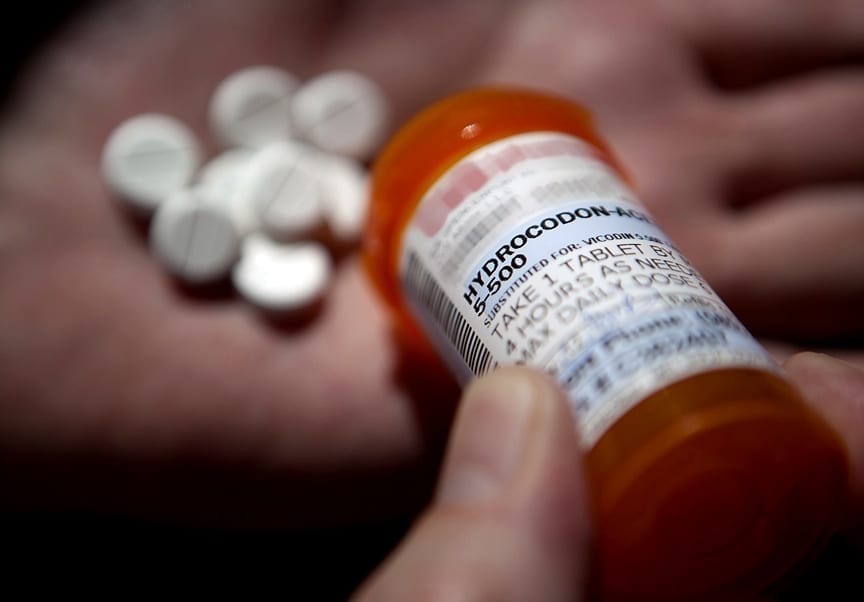Opioid Abuse Plagues Oklahoma’s Cherokee Population
Seventy percent of the Cherokee Indian children in Oklahoma had to be placed in the homes of non-Indians because far too many were experiencing opioid abuse withdrawal or living with addicted parents. “We have addicted mothers and fathers who don’t give a damn about what their children will carry on,” said Todd Hembree, attorney general of the Cherokee Nation and a descendant of a 19th-century chief. “They can’t care for themselves, much less anything else. We are losing a generation of our continuity.”
Hembree has attempted to sue large opioid distributors in an effort to curtail the opioid abuse crisis. But instead of going to state court, he filed his case in the Cherokee Nation’s tribal court. The companies have responded by asking that the case be denied, stating the tribe does not have the authority to issue it. They state that a tribe cannot sue them in tribal court, or enforce federal drug laws, and they have even questioned whether a Cherokee reservation legally exists.

The Cherokee lawsuit alleges that pharmacy chains including big names, such as Walmart, Walgreens and CVS, as well as distributors such as McKesson, Cardinal Health, and AmerisourceBergen tried to bypass federal drug monitoring laws and capitalize on the opioid abuse crisis by allowing prescription drugs to overtake the Cherokee territory. Hembree claims this is exploitation of the Cherokees. A spokesperson from CVS responded, “We believe this lawsuit has no merit.”
However, Hembree responded, “I believe these companies target populations. They know Native Americans have higher rates of addiction. So, when they direct their product here, they shouldn’t be surprised to find themselves in a Cherokee court.”
The communities, unfortunately, are among Oklahoma’s poorest, least populated, and isolated. “There’s not much work in Adair County,” said Shawnna Roach, a tribal marshal. “People figured out they could make money selling pills. Sometimes they call the marshals, saying their pills were stolen. Were they really stolen? Or did they sell them? They use our reports as proof to get their prescription refilled.”
Members of the community can also attest to the severity of the opioid issue. “Several of my family members are on the pills,” said Daryl Legg, who runs an employment program for Cherokee ex-offenders. According to Legg, his mother wears her clothes to bed to keep her prescription pain medication on her and away from the users in the home. “So, one night my brother cut her pants pocket open while she was sleeping,” he said.
The right to bring his case to the Cherokee Nation’s district court, according to Hembree, was established in 1866 when the Cherokee signed a treaty with the United States recognizing its “sovereignty over the exterior boundaries of the reservation.”
Lindsay G. Robertson, an authority on Native American law at the University of Oklahoma College of Law, believes the case will go to tribal court. He pointed to a 1985 Supreme Court ruling, which said that a federal court should not rule on tribal court jurisdictional questions before they have been fully litigated in tribal court. If a ruling is favorable to the Cherokees, however, an appeal is expected.


Join the conversation!